Luoyang Zhongyue Precision Bearing Co., Ltd. has four units in the steel structure plant project, namely 1#, 2#, 3#, and 4# production workshops, all of which have independent foundations and are single-layer steel structures. Among them, the building area of 1# workshop is 2983.03㎡ and the building height is 17.8m. The building area of 2# production workshop is 3262.76㎡ and the building height is 17.8m; the building area of 3# production workshop is 14983.21㎡ and the building height is 17.8m. The fire resistance level of this project is level 2, the seismic fortification intensity is 6 degrees, and the roof waterproof level is level 2 waterproof; the building function is a production workshop, and the design reasonable service life of the main structure is 50 years, and the enclosure structure is 10 years.
A bearing steel structure factory is a specialized industrial facility designed for the production and assembly of bearing steel components. Bearings are critical parts used in machinery to reduce friction between moving parts and ensure smooth operation, and bearing steel refers to a type of high-strength steel that is specifically engineered to meet the rigorous demands of these components. The factory itself is typically built with a steel structure due to the need for durability, strength, and the ability to support heavy equipment used in bearing production.
Raw Material Selection and Preparation:
Bearing steel is typically made from high-carbon steel or alloy steel with special properties, such as good wear resistance, high hardness, and the ability to withstand extreme pressure. Common alloys include chrome steel (e.g., AISI 52100) or stainless steel.
The steel is prepared by melting and casting it into billets or ingots.
Hot Rolling:
The steel billets are heated in a furnace to a specific temperature and then passed through hot rolling mills to form the rough shape of the bearing rings. The hot rolling process is followed by cooling and further shaping if necessary.
Forging:
Forging processes are often used to form bearing components, such as races (the rings of the bearing). The steel is heated and then shaped using forging presses that apply high pressure to create the required dimensions.
Heat Treatment:
After forging, the bearing steel components undergo heat treatment to improve their hardness and wear resistance. This typically involves quenching (rapid cooling in oil or water) and tempering (controlled reheating to improve toughness and reduce brittleness).
Surface hardening techniques such as carburizing may also be used to increase wear resistance in critical areas.
Machining and Grinding:
The forged and heat-treated bearing components are then machined to precise dimensions using CNC lathes, grinders, and milling machines.
Grinding is crucial for achieving the smooth, high-precision surface finish required for proper bearing function, particularly on the raceways where the rolling elements will make contact.
Assembly:
Bearings consist of several components, including inner and outer races, rolling elements (balls or rollers), and a cage to hold the elements in place. These components are assembled into finished bearings using either automated assembly lines or manual assembly processes.
Inspection and Testing:
The final step in the manufacturing process involves rigorous inspection and testing to ensure the bearing meets required quality standards. Bearings are tested for parameters such as:
Dimensional accuracy: Ensuring that the bearing's components are within specified tolerances.
Hardness and material properties: Verifying that the steel has the desired hardness and wear resistance.
Noise and vibration: Some bearings undergo testing to ensure they operate quietly and without excessive vibration, which is crucial for high-speed applications like motors and automotive systems.
Packaging and Shipping:
After passing inspection, the finished bearings are packaged and prepared for shipment to customers. They are often packaged in protective materials to prevent damage during transport, and may be organized by type, size, and application.
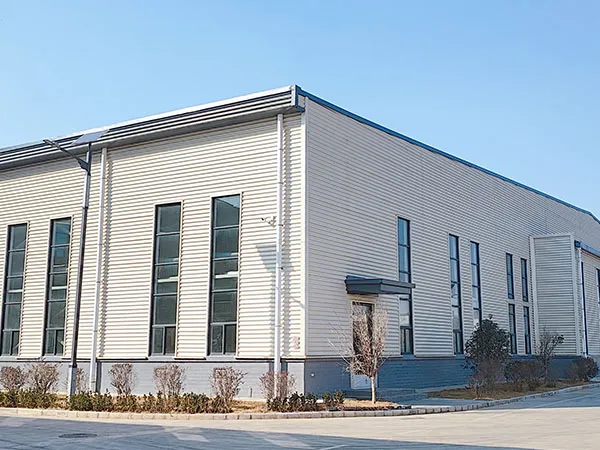
Steel Structure Workshop
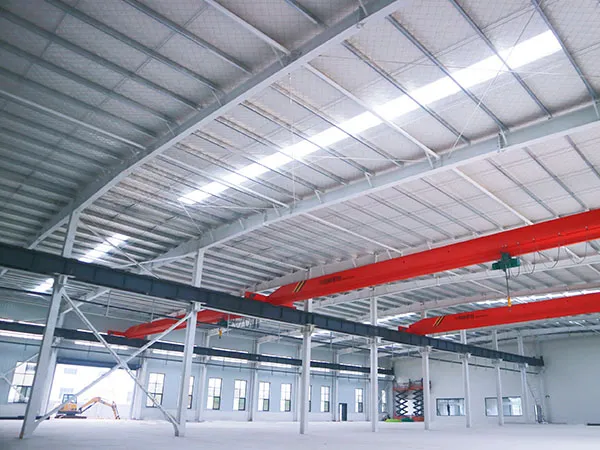
Steel Structure Factory
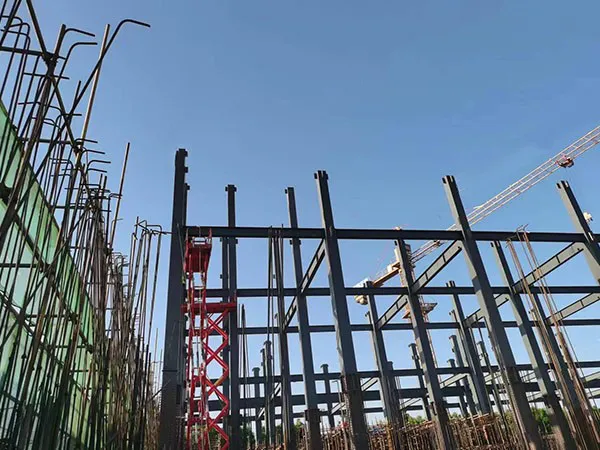
Steel Structure Cold Storage
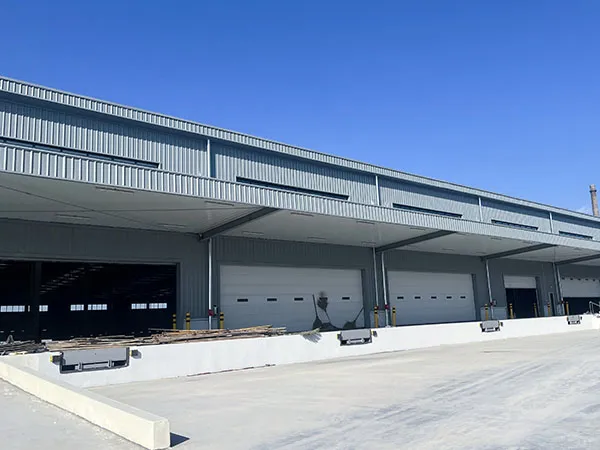
Logistics Park B04 Warehouse Steel Structure Project
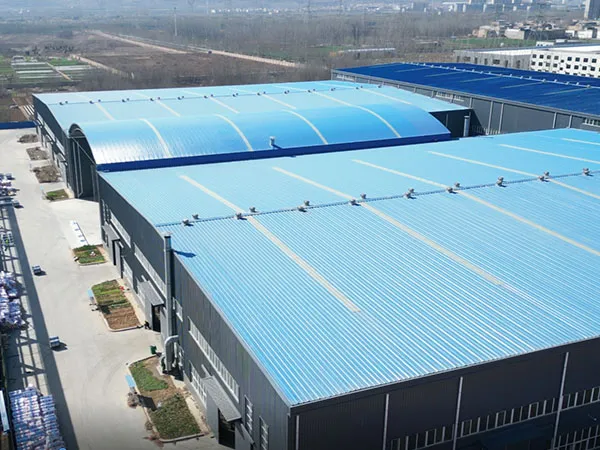
Fuchong Intelligent Glass Tempering Equipment Project
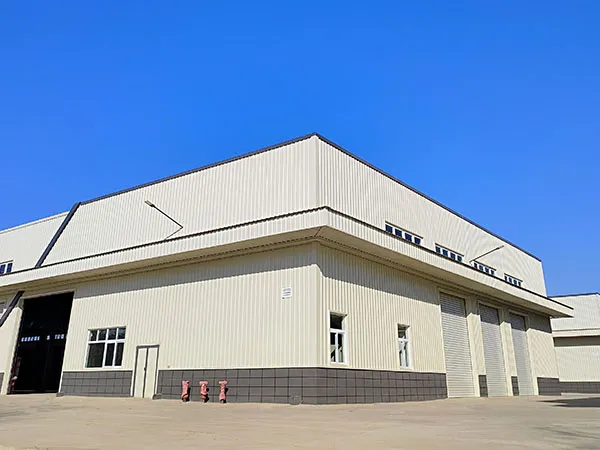
Henan Jiyuan South Passenger Transport Station Steel Structure Engineering Design Project
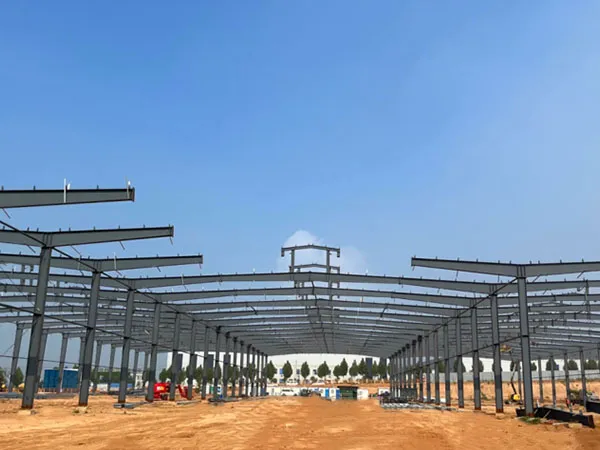
Luoyang Shangke Electrical Technology Co., Ltd. Project
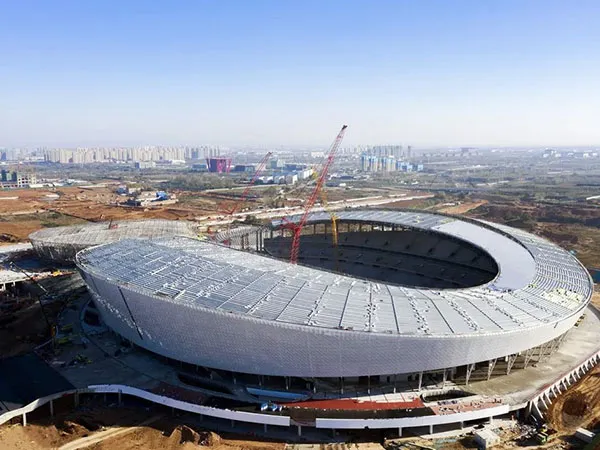
Luoyang Olympic Center Project